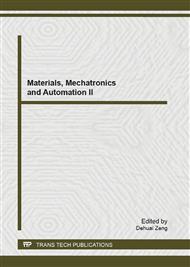p.295
p.300
p.306
p.310
p.315
p.319
p.323
p.332
p.338
Research on Risk Assessment of Amusement Ride Based on FTA
Abstract:
According to the failure features of amusement rides, the Fault Tree Analysis model of risk assessment for amusement rides was built based on technology risk, operation risk and management risk. Using Boolean algebra, the minimum cut set of fault tree and 24 kinds of accident way from top to bottom were obtained. In the fault tree, the failure probability of the bottom event was obtained according to triangular fuzzy probability. The failure probability and risk of amusement ride subsystem were obtained according to Boolean algebra method. The weights of the risk of each subsystem were obtained with successive analysis method, and the quantitative risk of amusement ride was obtained with the weight and risk of subsystems. According to the quantitative risk assessment model of fault tree, the quantitative risk assessment steps were introduced.
Info:
Periodical:
Pages:
315-318
Citation:
Online since:
August 2013
Authors:
Price:
Сopyright:
© 2013 Trans Tech Publications Ltd. All Rights Reserved
Share:
Citation:


